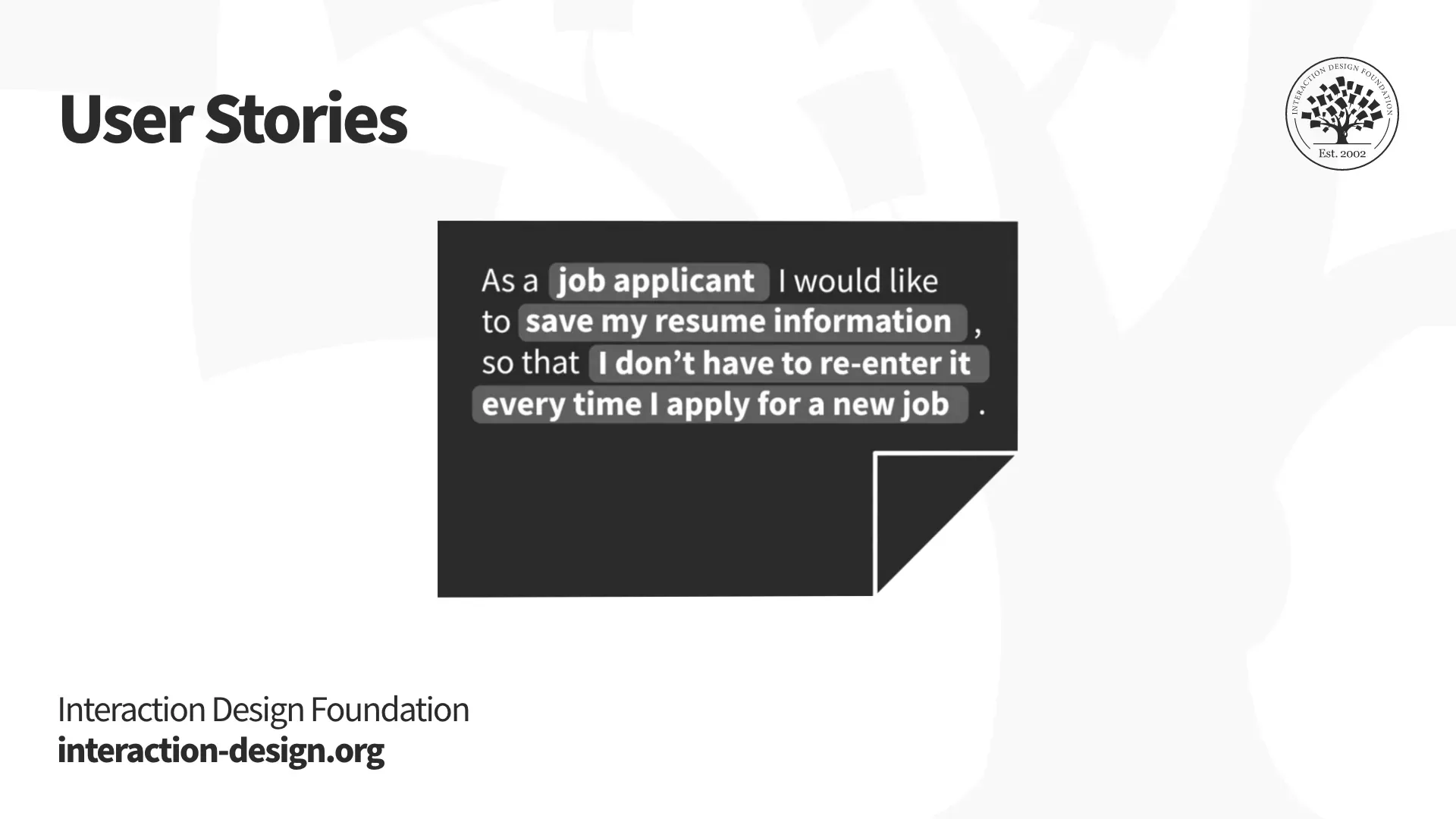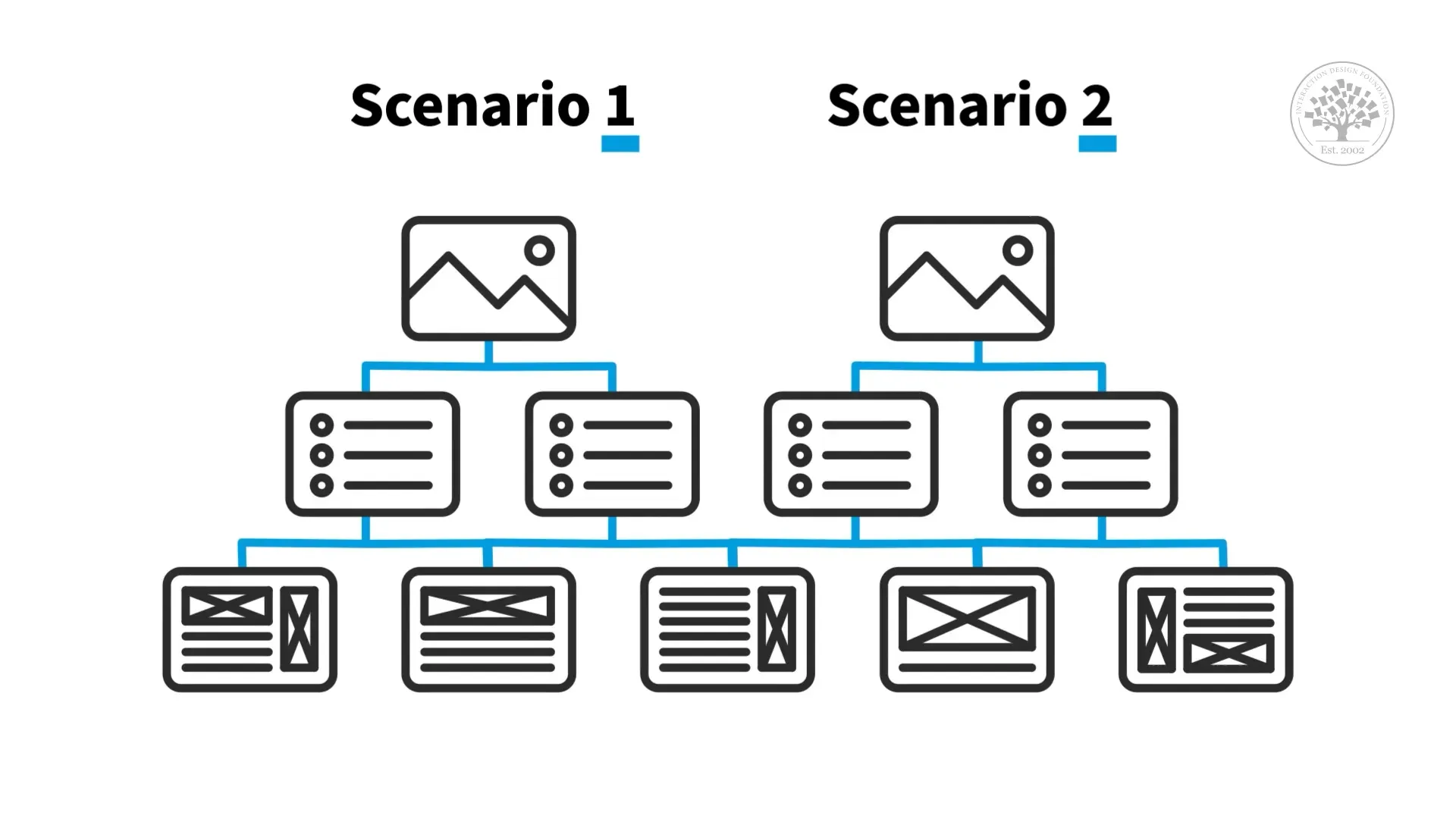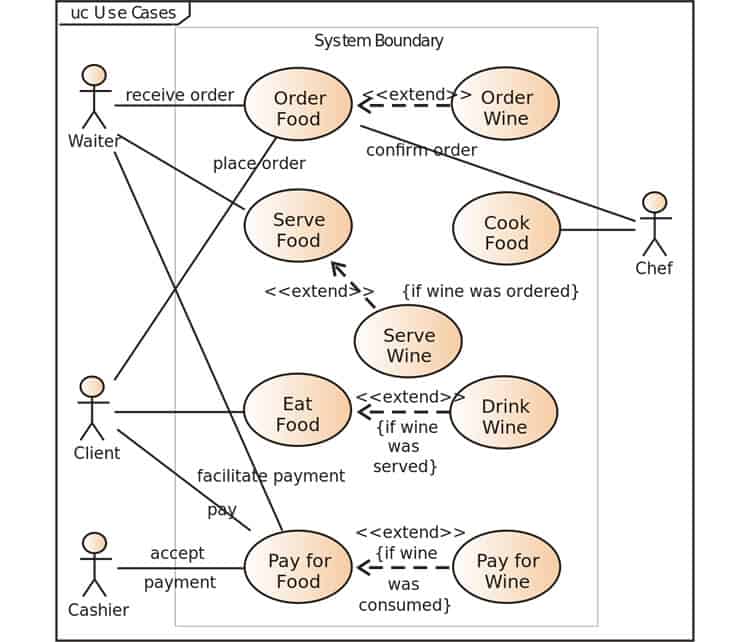User Stories, User Scenarios, and Use Cases: Understanding the Differences

In the world of product design and development, three terms often come up that can sometimes be confusing for us: user stories, user scenarios, and use cases. Understanding the differences between them is crucial to know in which moment we shoud use one or another. So, let´s go for it and have a look to each one to highlight their different applications.
User Stories

User stories originated in Agile software development methodologies and have become a popular tool for expressing the needs of users. A user story is a short, simple description of a feature from the perspective of the user who wants the new capability.
User stories are typically written using the following format: "As a [type of user], I want [an action] so that [a benefit]". For example, "As a designer named John Doe, I want a color palette tool in my design software so that I can easily apply consistent colors to my website designs."
The main purpose of user stories is to focus on what users need from a product at a high level, without getting into the details of how the product will fulfill those needs.
User Scenarios

User scenarios are descriptions in a narrative way that tell us the story of a user's interaction with a product. They provide more detailed context than user stories, including the user's motivations, actions, and the overall flow of interaction with the product.
Here an example from the previous designer Jhon Doe:
Scenario: John Doe, a web designer, has been contracted to create a new website for a small local bakery. He has a clear idea of how he wants the website to look. He starts a new project in his design tool, names it "Acme Website Project", and sketches out the basic structure. He uses the color palette tool to apply the bakery's brand colors to his design. After he's happy with the design, he previews it on different devices, makes necessary adjustments, and finally, exports the design to present to his client.
User scenarios help teams understand the user's journey and the different steps they might take to achieve their goal, which can inform design decisions to make that journey as smooth as possible.
Use Cases

Use cases, a term originating from the field of systems engineering, are more detailed and technical than both user stories and user scenarios. A use case describes a sequence of actions that a system performs to achieve a specific outcome.
Each use case is typically represented with a title, a primary actor (usually a user), a goal, preconditions, main success scenario (steps), extensions, and postconditions. For more detailed information on these components, you can read this article.
For example, a use case for the color palette tool might include steps like: "John Doe clicks the color palette tool icon", "System opens a panel with pre-made color palettes", "John selects a palette", "System applies the selected colors to John's design".
Use cases are particularly useful for defining system behavior and for communicating with developers about how a feature should work in detail.
Conclusion
While user stories, user scenarios, and use cases all help define the needs of users and the behavior of a product, they do it in a different levels of detail and from different perspectives. User stories are high-level and user-focused, user scenarios provide more detailed context about user behavior, and use cases provide a detailed, technical description of system behavior.
Understanding the differences between them can help teams choose the right tool for the right situation, whether they're defining high-level product goals, designing user flows, or specifying technical requirements for development.
If you found this article helpful and want to learn more deeply about these concepts and many other relate things, I highly recommend checking out "About Face ↗" by Alan Cooper and team. You can learn a ton from this book.
Learn More
Detailed description of user scenarios with a how-to guide and examples @ https://www.justinmind.com/blog/how-to-design-user-scenarios/
A concise summary card on user scenarios complete with instructions @ https://methods.18f.gov/decide/user-scenarios/
A practical guide to relating scenarios and personas @ https://www.nngroup.com/articles/scenario-mapping-personas/
Extensive reference for personas and scenarios in UX design (book) @
https://books.google.co.uk/books/about/The_Persona_Lifecycle.html?id=wWuBbTCcsCoC


For more information and to explore the endless possibilities of Yotako, including our powerful plugins with AI Figma to WordPress and WordPress for Adobe XD, visit us at yotako.io. If you have any questions, or suggestions, or simply want to connect with us, please, join our vibrant Yotako community. We look forward to revolutionizing your web design experience!


